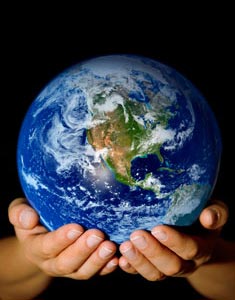True Cost
When a cargo ship was stuck in the Suez Canal. we saw many pictures and got a sense of how big these vessels are. They are loaded with containers and we may not think who those containers are carrying and where they are going. Two US based not-for-profits decided to find out.
The study, prepared by Stand.earth and Pacific Environment found that most of the items were headed for 15 major retail companies. Here is an indication of the damage:
“Collectively, the top importers of U.S. goods are responsible for emitting as much sulfur oxide, nitrous oxide, and particulate matter as tens of millions of U.S. vehicles every year. These emissions are some of the most dangerous and deadly types of air pollutants, contributing to asthma, cancer, and premature death, and increasing the mortality risk from respiratory-based illnesses like COVID-19.”
Here are some of the names and the impacts:
“Walmart, for example, was responsible for 3.7 million metric tons of climate pollution from its shipping practices in 2019, more than an entire coal-fired power plant emits in a year. Target, IKEA, Amazon, and eleven other companies were also investigated.”
According to the study, there are 55,000 merchant ships on the water and the number is growing. All of them but one (noted elsewhere as the first electric merchant ship) use fossil fuels. It’s a reminder that our consumer life style does not take the full cost to the atmosphere into account. What is even worse is that the poorest among us are the ones most likely to live closest to the pollution along the shipping routes.
We often feel helpless. But we can tell them we know what is happening and challenge them to deal with it. We can buy elsewhere - and we can buy less.

